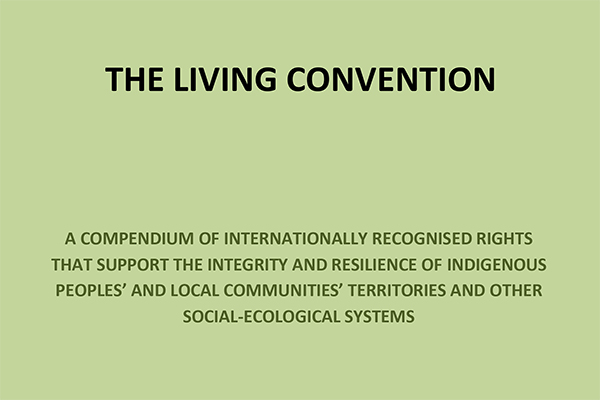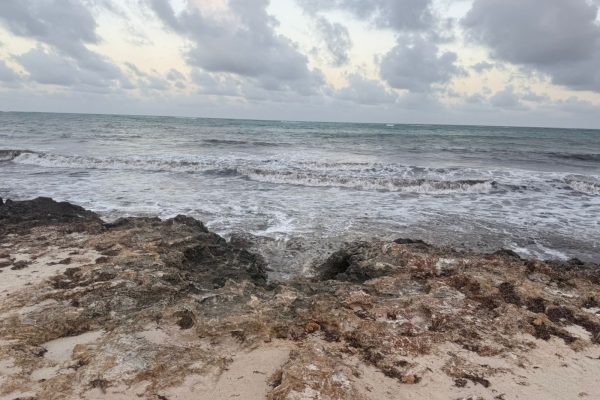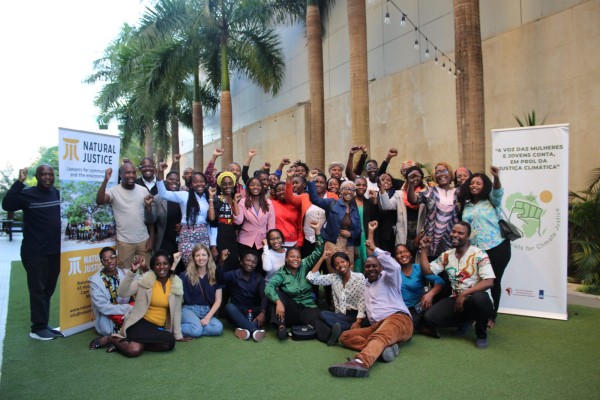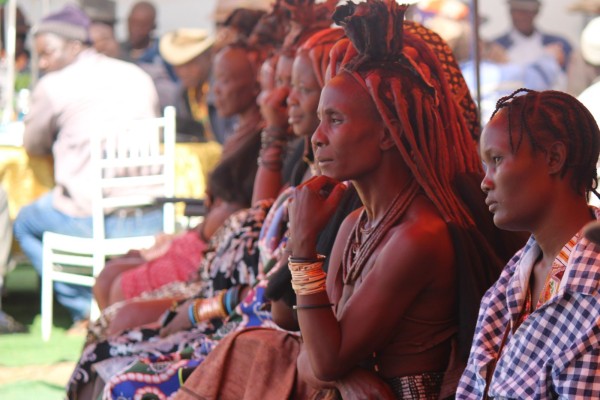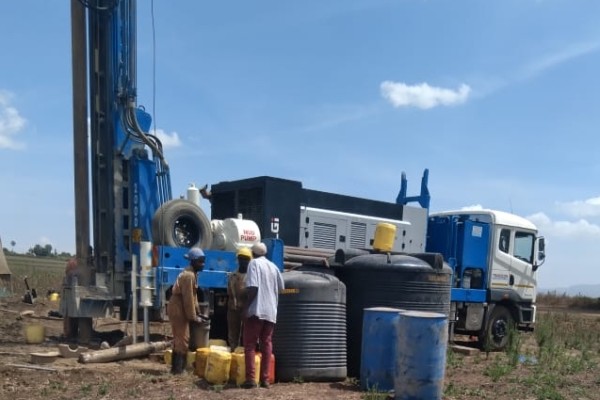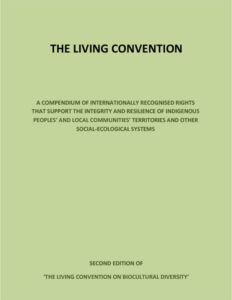
The Living Convention provides a range of the most important provisions relating to the linkages between Indigenous peoples and local communities and, among other things, their territories, lands, natural resources, and knowledge systems. It sets them out in an ordered manner, grouping similar provisions under the same heading to enable the reader to quickly assess the extent of international law relating to specific issues.
The Living Convention is divided into three parts:
Part I sets out the rationale and methodology of the research undertaken to develop the compendium in Part II.
Part II contains a compendium of internationally recognized rights that support the integrity and resilience of Indigenous peoples’ and local communities’ territories and other social-ecological systems.
Part III sets out a number of key questions concerning, for example, the utility of integrated rights approaches, how international law can be reformed, and how national governments can better uphold their international commitments. It then suggests initial activities that could further deepen the analysis and ways to address the current weaknesses in the development and implementation of international law.

